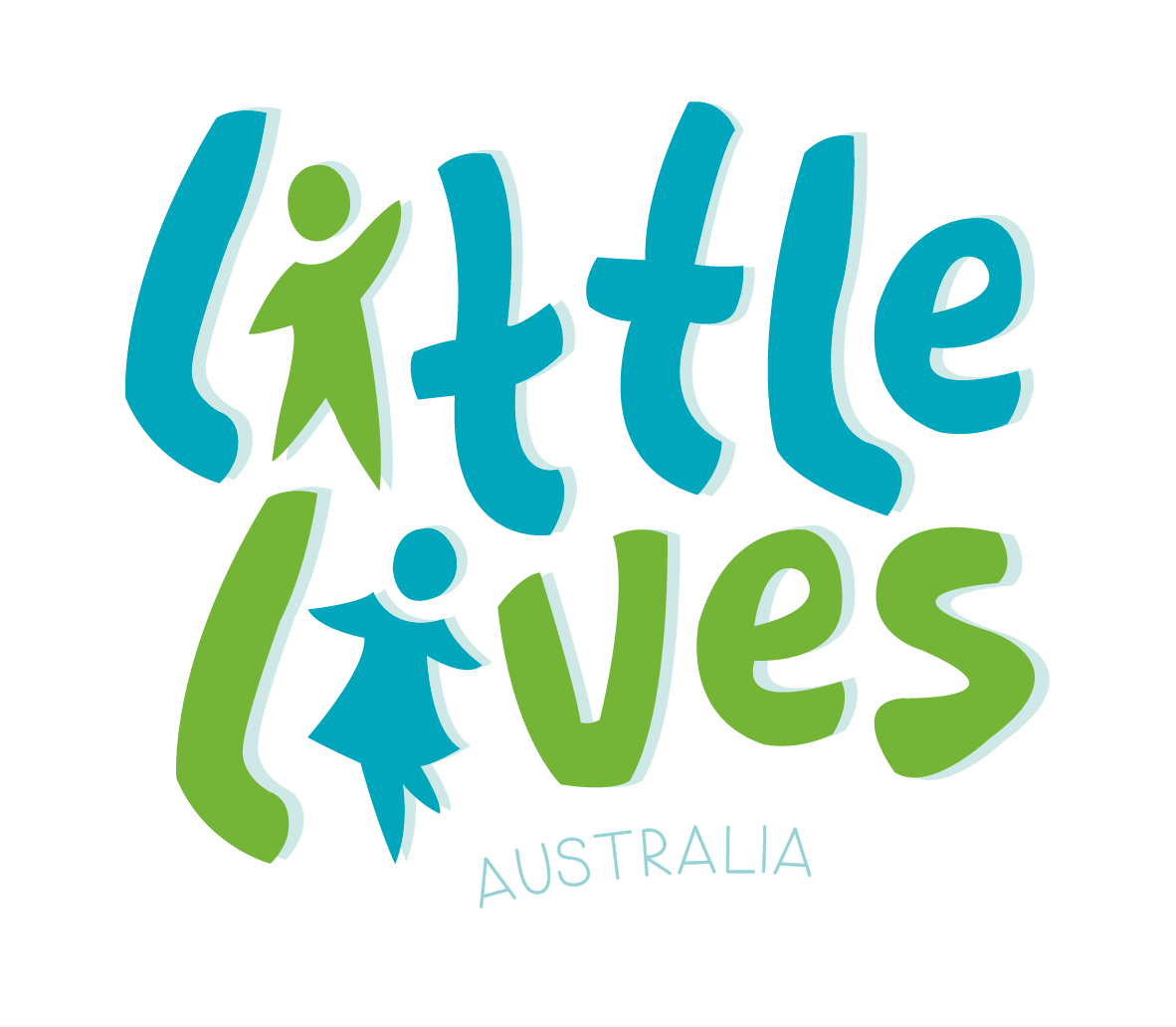Past Projects
Check out the impact your $$ have had!Eye tracking for children with disability, Queensland
Eye tracking communication device for children with disability, Queensland
Little lives is partnering with Dr Honey Heussler, a developmental paediatrician at the Lady Cilento Children’s Hospital to facilitate the use of eye-tracking communication equipment for children with disability in Queensland. The first group of children in whom this equipment will be used is those with Rett syndrome.
Rett syndrome is a rare genetic postnatal neurological disorder that occurs almost exclusively in girls, but can be rarely seen in boys.
Rett Syndrome results from a mutation in the MECP2 gene on the X chromosome; given there are over 200 mutations of the MECP2 gene, individuals with Rett Syndrome present with a diverse range of abilities. Apraxia and severe physical challenges affect their ability to speak, walk, eat and, in many cases, use their hands.
Cognitive assessment in children with Rett syndrome is extremely difficult; recent eye tracking research and detailed descriptive accounts of what girls and women are expressing spontaneously using an Augmentative and Alternative Communication (AAC) device with eye gaze technology are providing insight into their true communication and learning potential. For families of children with this condition, eye-tracking technology offers the ability to communicate with their child in a way that has never previously been possible.
Dr Heussler and her team have significant experience working with children with Rett syndrome and hope to set up a program by which children with this condition can be appropriately assessed, trained and supported in the use of this life-changing equipment.
Little Lives Australia has set the first goal as providing some portable eye-gaze systems for use at the Rett syndrome clinic. The estimated cost for this initial equipment is $20,000.
It is hoped that with time this initial program could be expanded to facilitate clinical research to evaluate the use of this equipment in children with other disabilities who have similar communication difficulties.
